RNZAF Life in the Pacific
On this page I hope to present an average slice of life in the Pacific for an RNZAF airman
The Royal New Zealand Air Force operated from many airfields in the Forward Area of the South-West Pacific campaign. Most were rather makeshift affairs, having been carved out of the jungle to create a clearing which would be paved with either crushed coral to form an airstrip, or in some cases bedecked with Marsden Matting, a construction of steel planks with drainage holes that bolted together to form a flat steel runway.
The buildings were also usually makeshift, often merely constructed from tentage. The following photos show various aspects of the places where thousands of RNZAF personnel once lived, worked and fought in the Pacific.
Apologies for the poor quality of some of these photos. They come from personal collections and are very old.
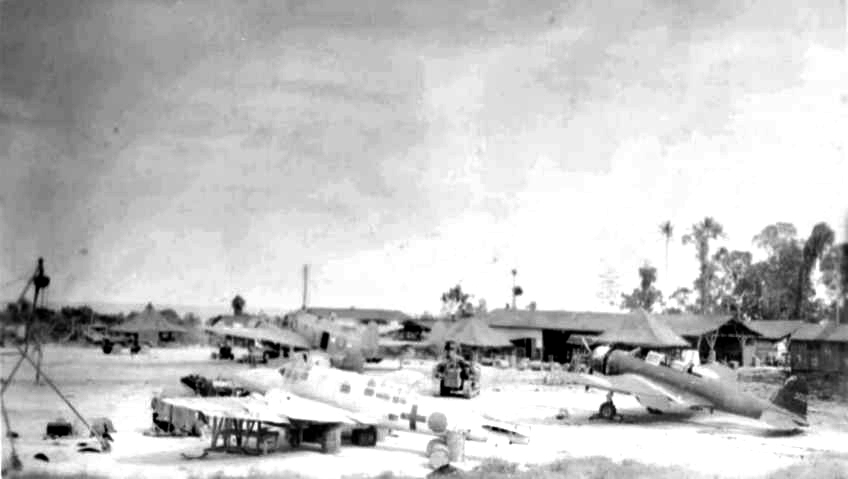 |
|---|
|
 |
|---|
An engine change in the Pacific. The radial engine is probably from a TBF1-C Avenger. Photo: Roy Paton |
 |
|---|
This building must have been either a Mess or Stores building, at RNZAF Station Jacquinot Bay. The caption Roy Paton had added in his album simply said "Tinned Food Only". Photo: Roy Paton |
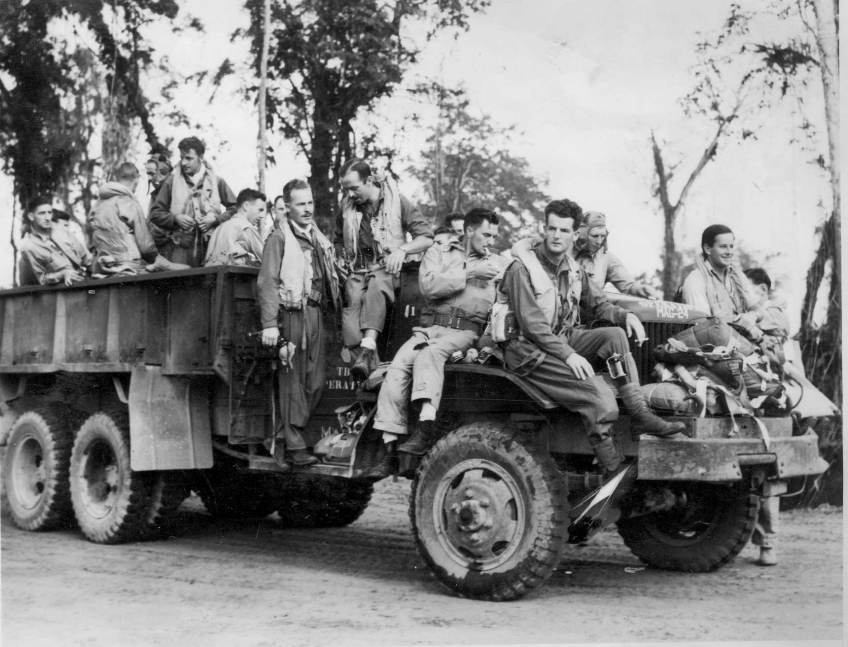 |
|---|
No. 30 Squadron aircrews, who flew Grumman TBF-1C Avengers as dive bombers against the Japanese. Photo: Roy Paton |
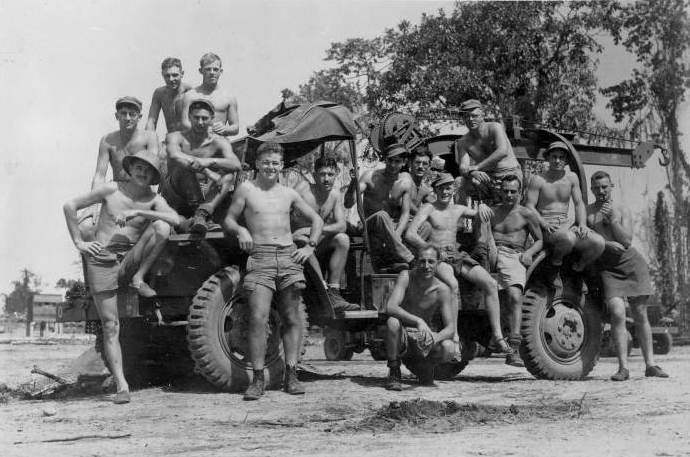 |
|---|
No. 30 Servicing Unit armourers, who worked with No. 30 Squadron's Avengers. Obviously kept from a magazine by Roy Paton, the names of those in the photo are seen below the picture. Photo: Roy Paton |
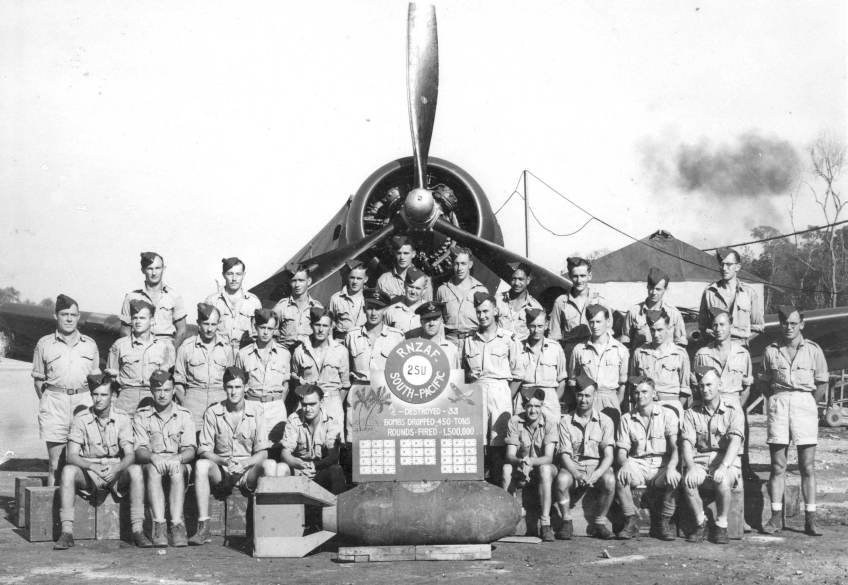 |
|---|
No. 2 Servicing Unit, which absorbed many ex-No. 30 Servicing Unit personnel when No. 30 Squadron returned to New Zealand. Below is a close up of the sign from the photo above. Photo: Roy Paton |
 |
 |
|---|
| Camp Waitemata - one of the tented sites where RNZAF personnel lived and worked. Photo: Roy Paton |
 |
|---|
|
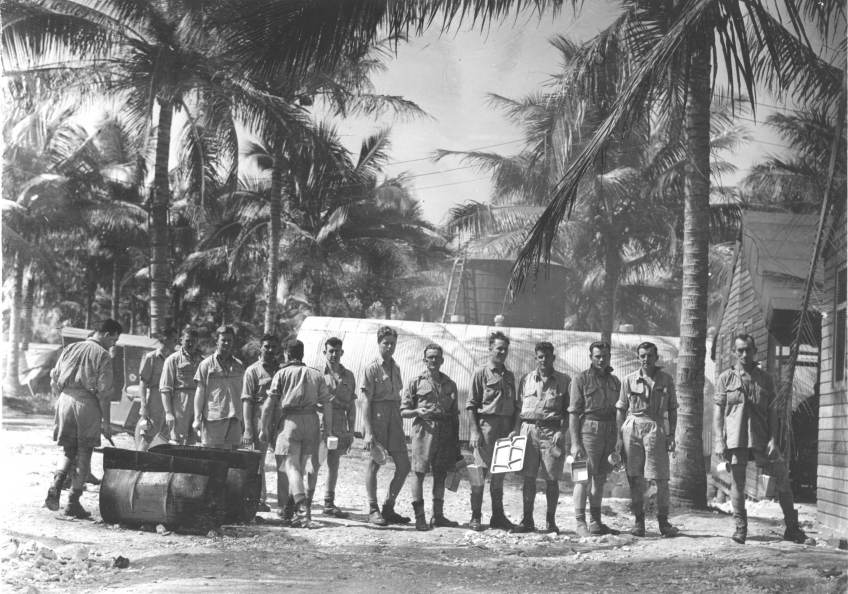 |
|---|
RNZAF airmen in the 'chow line' at a Pacific mess. Photo: The late Cliff Morriss Collection, via Mrs Joan Epps |
 |
|---|
|
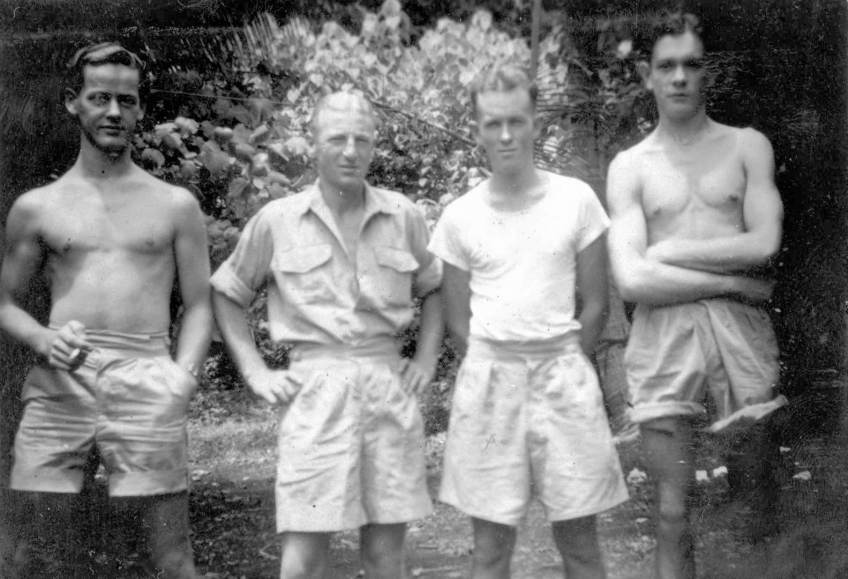 |
|---|
|
 |
|---|
|
 |
|---|
|
 |
|---|
|
 |
|---|
|
 |
|---|
|
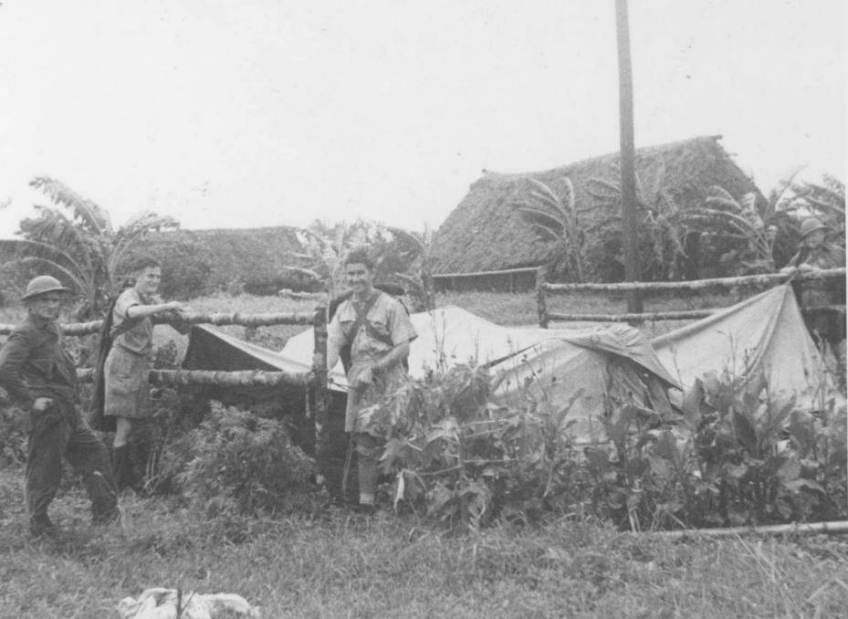 |
|---|
|
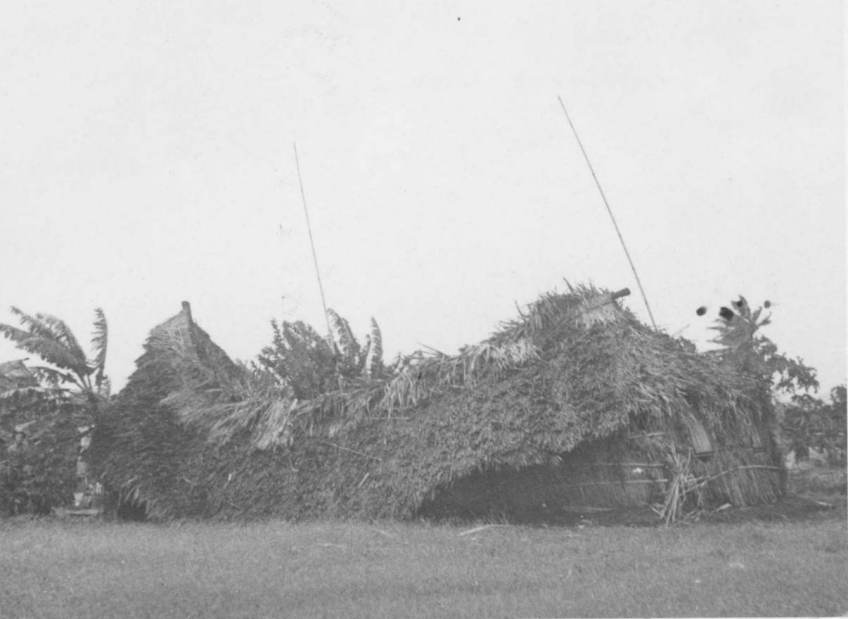 |
|---|
|
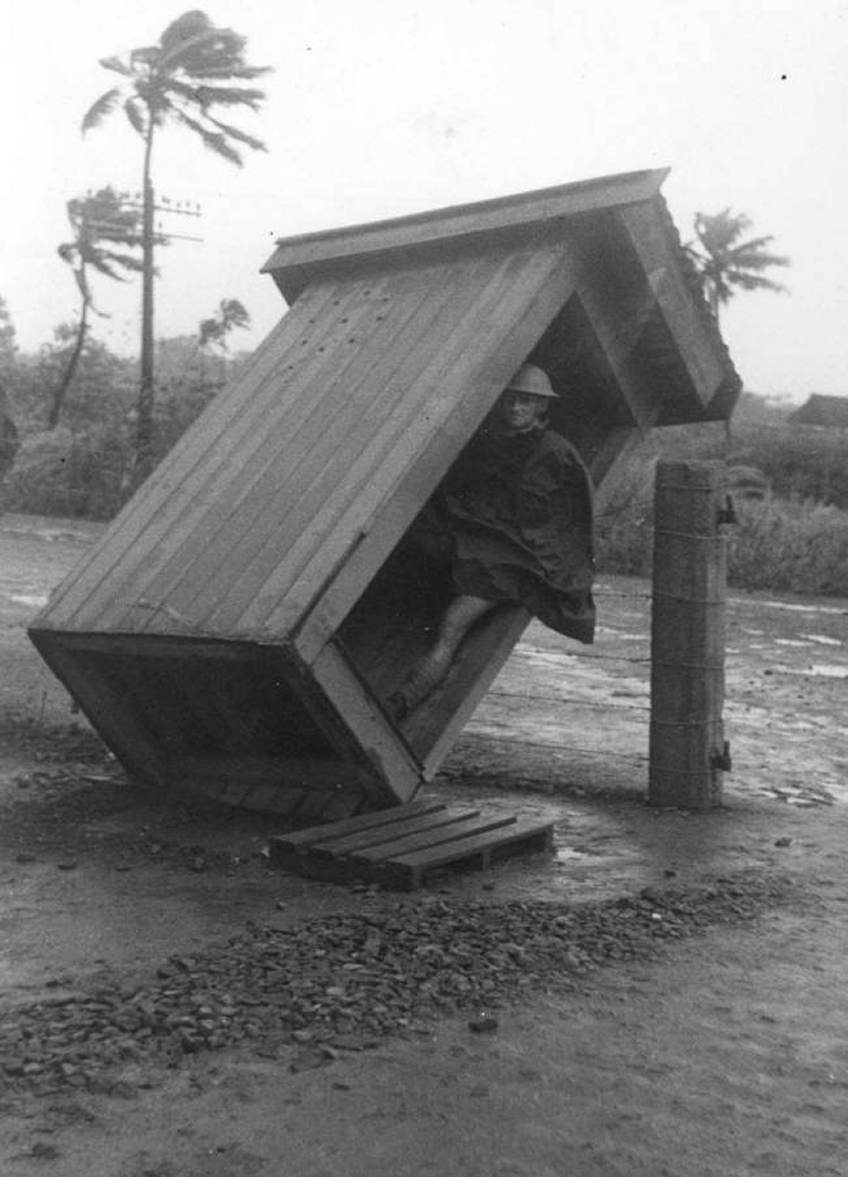 |
|---|
|
On the Station
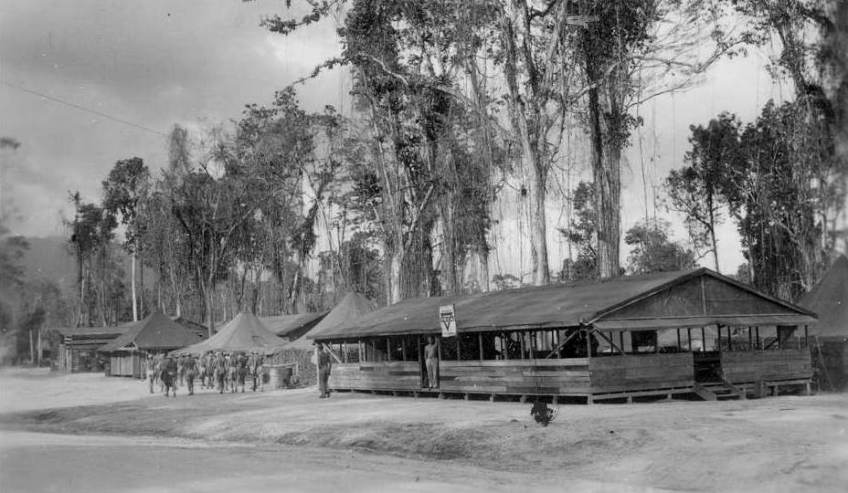 |
|---|
|
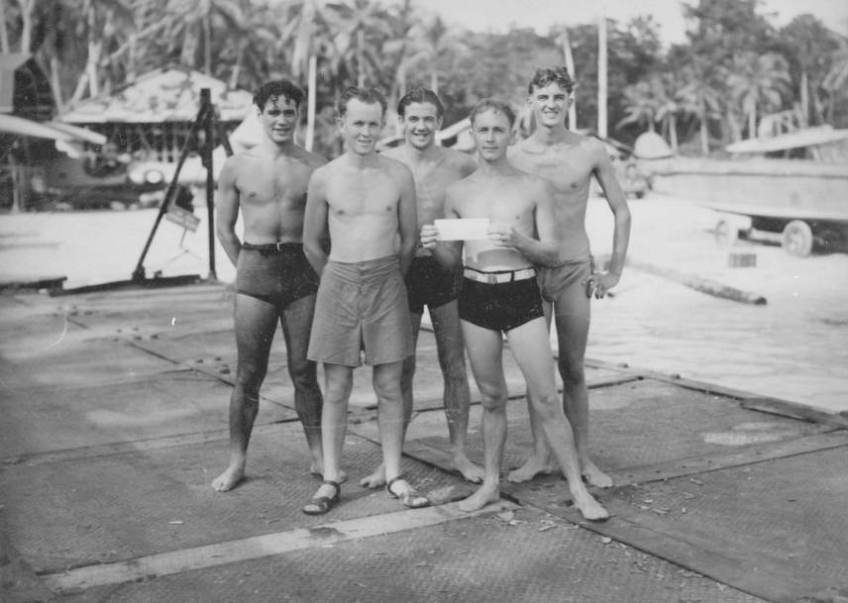 |
|---|
|
 |
|---|
|
 |
|---|
|
 |
|---|
|
Spiritual Needs
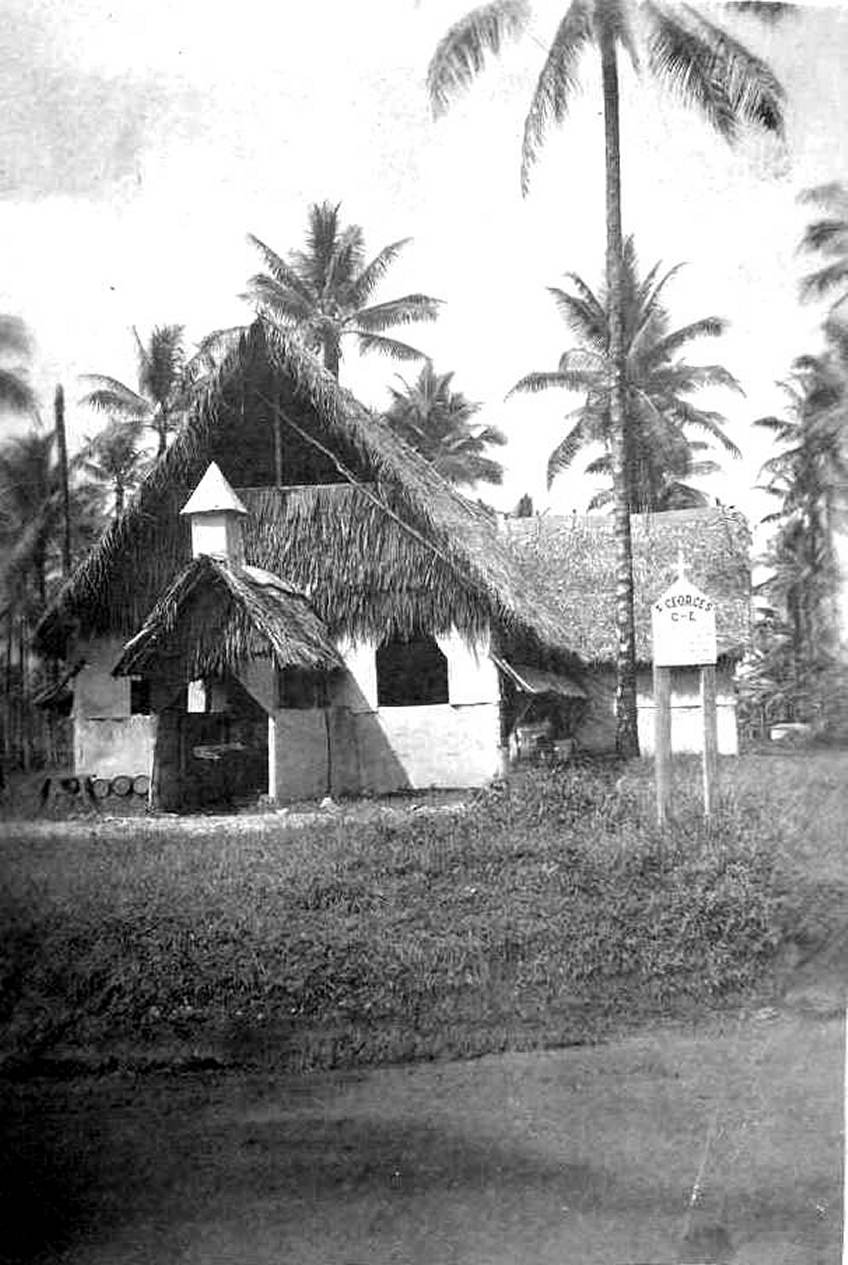 |
|---|
|
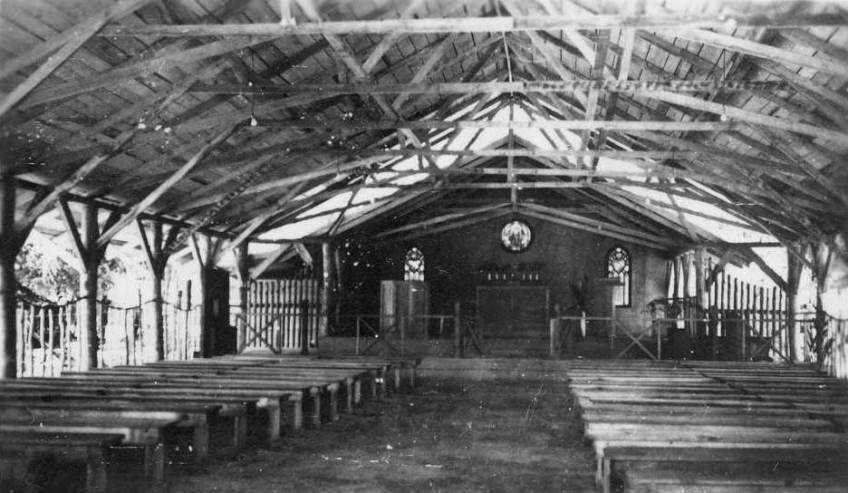 |
|---|
|
Escapism Entertainment
 |
|---|
|
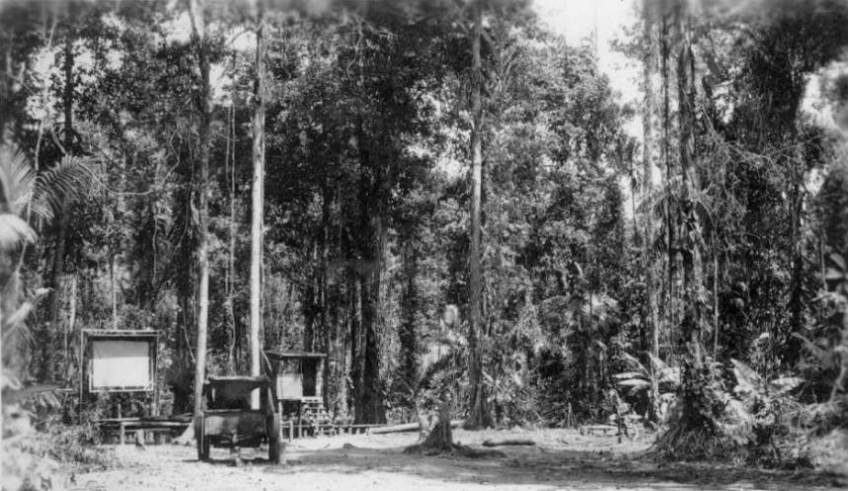 |
|---|
|
Out and About
 |
|---|
|
 |
|---|
|
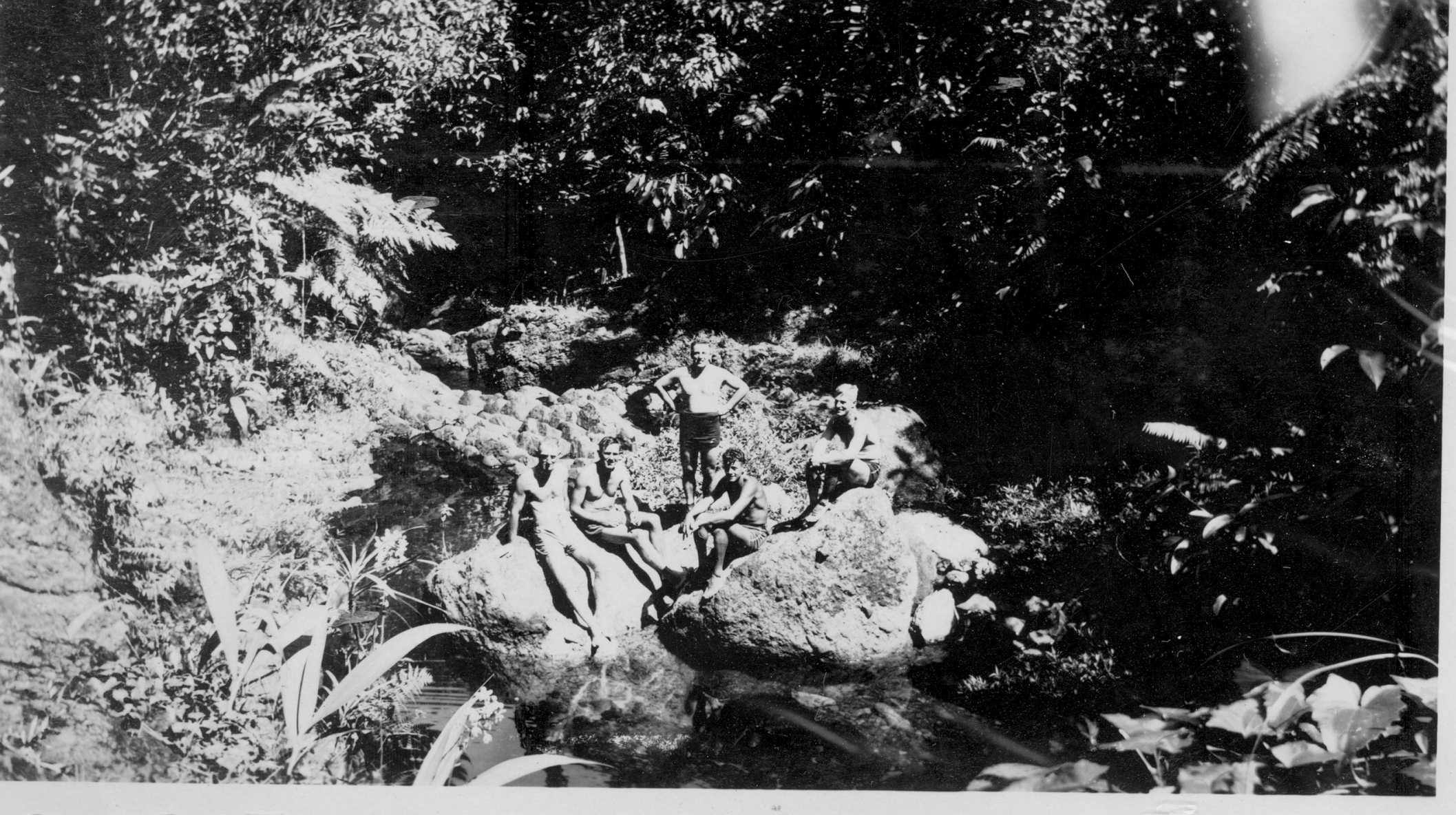 |
|---|
|
 |
|---|
| Empress Augusta Bay, Bougainville. Photo: Roy Paton |
 |
|---|
| The Rabaul Market Day, another local attraction. Photo: Roy Paton |
 |
|---|
| Another shot of the Market Day. Photo: Roy Paton |
 |
|---|
|
 |
|---|
|
Sport
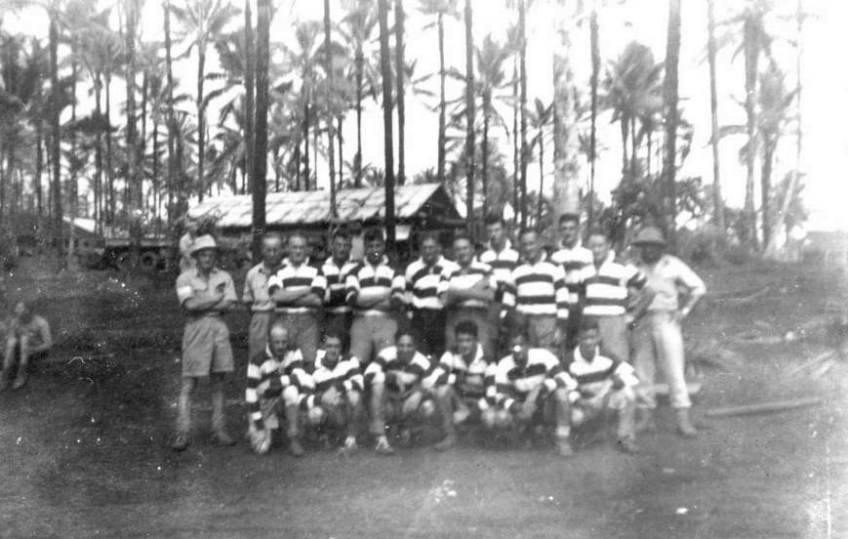 |
|---|
|
 |
|---|
|
 |
|---|
The RNZAF North Island Cricket Team. Roy Paton is standing on the right. Photo: Roy Paton |
 |
|---|
|
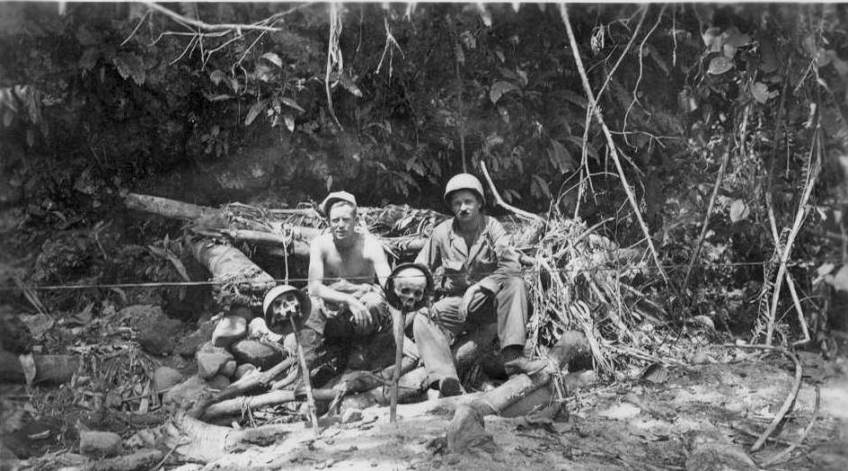 |
|---|
Sight-seeing at a captured ex-Japanese Foxhole. Photo: Roy Paton |
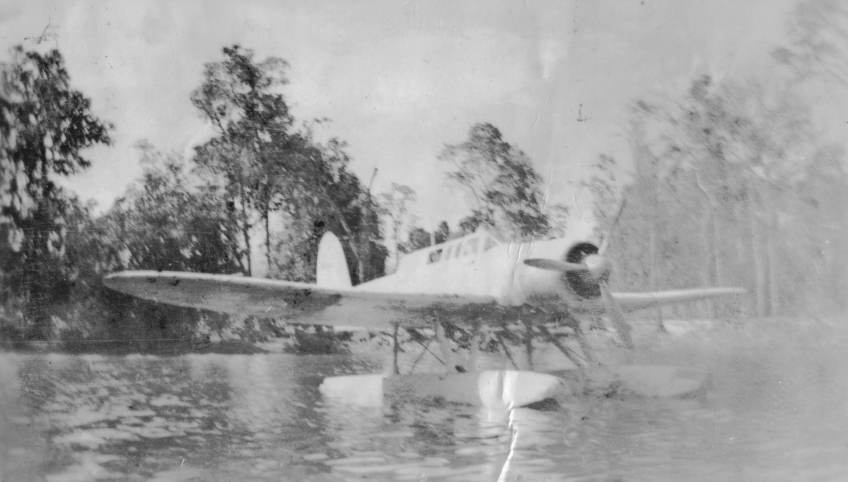 |
|---|
This is the Japanese E13A1A "Jake" reconnaissance seaplane which was captured at Rabaul in September 1945. It passed into RNZAF possession and was flown to RNZAF Station Jacquinot Bay, where a month later it sank at its moorings. The remains are probably still there. Photo: Roy Paton |
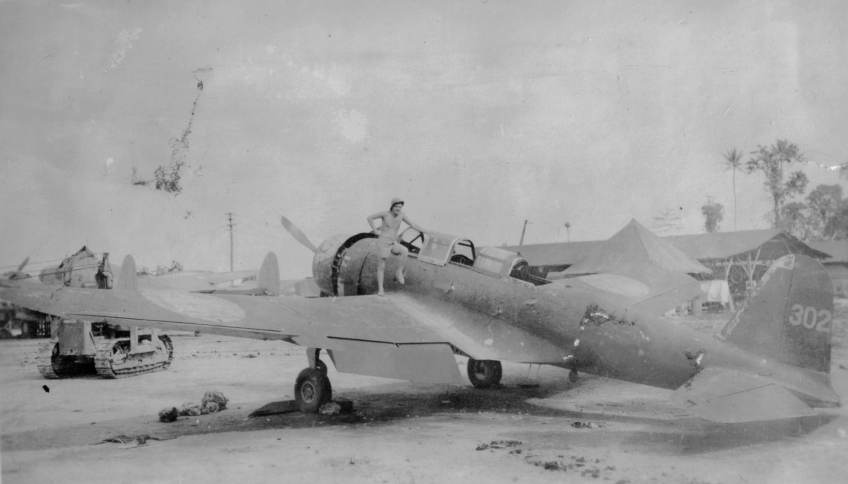 |
|---|
|
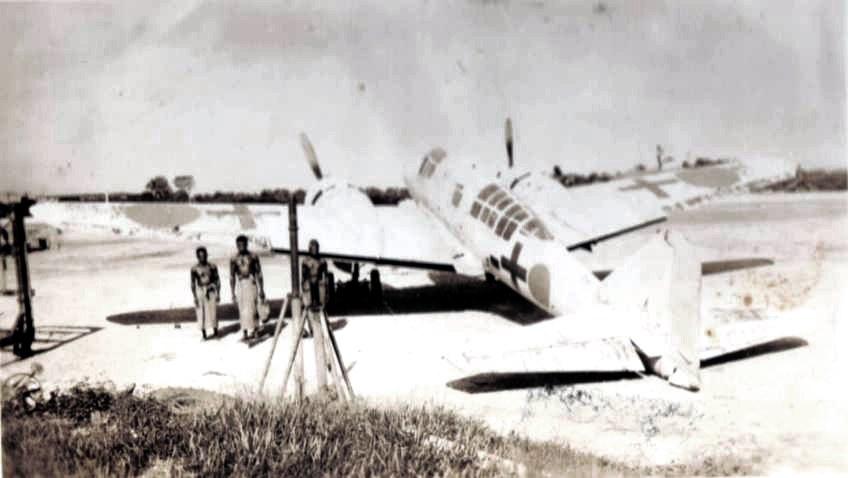 |
|---|
|

